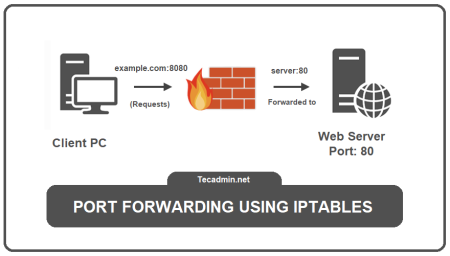Creating a custom script wrapper for chmod can help you manage and restrict the use of certain chmod commands, such as preventing the setting of 777 permissions. Below is a basic example of how you can create such a script in Ubuntu or any other Linux-based system.
- Create the Script: You’ll create a script named
safe_chmodand place it in a directory like/usr/local/binwhich is commonly in the user’s $PATH. - Script Content:
- The script will check for the specific permission pattern (e.g., 777) and display a warning message if that pattern is used.
- It will execute the normal
chmodcommand for all other cases.
- Make the Script Executable: After creating the script, you’ll need to make it executable.
- Make an Alias: Make an alias of safe_chmod to chmod in login/non-login scripts
Here’s a Step-by-Step Guide:
Step 1: Create the Script
Open a terminal and use a text editor to create the script. For example, using nano:
sudo nano /usr/local/bin/safe_chmod
Add the following content to the file:
#!/bin/bash
# Custom script wrapper for chmod to prevent setting 777 permissions
# Check if any of the arguments is '777'
for arg in "$@"; do
if [ "$arg" == "777" ]; then
echo "Error: Setting 777 permissions is not allowed for security reasons."
exit 1
fi
done
# If 777 is not found, execute the original chmod command with all arguments
/bin/chmod "$@"
Step 2: Make the Script Executable
Save and close the file. Then, make the script executable:
sudo chmod +x /usr/local/bin/safe_chmod
Step 3: Aliasing the chmod Command
For the script to effectively replace the chmod command, you can alias chmod to safe_chmod. This can be done by editing the `.bashrc` or `.bash_profile` files for each user or globally in `/etc/bash.bashrc`:
echo "alias chmod='/usr/local/bin/safe_chmod'" >> ~/.bashrcsource ~/.bashrc
Conclusion and Considerations
This wrapper script method is a simple and effective way to prevent the use of chmod 777, enhancing the security of your Linux systems. However, it’s important to note that this method is not foolproof. Users with sufficient permissions can circumvent this restriction, and it does not stop direct invocations of /bin/chmod unless the alias is in place.
Therefore, this strategy should be part of a broader security approach that includes user education, proper system administration practices, and regular audits. Remember, the best security practices involve multiple layers of protection to safeguard your system effectively.
